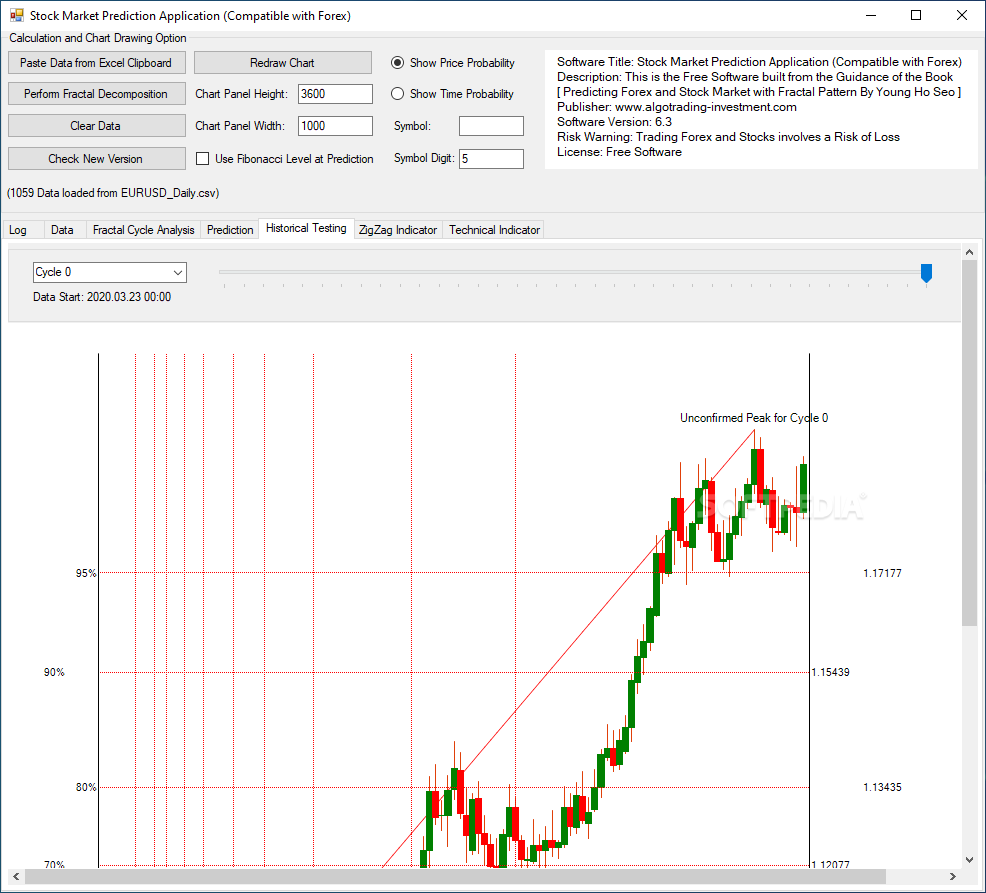
In return for being paid upfront by Afterpay, and handing off the payment risk, the merchant – not the shopper – pays Afterpay a fee. Anyone registered on the Afterpay platform can buy a product, and pay later: Afterpay pays the retailer upfront and assumes all payment risk.Īfterpay then recoups the purchase value from the end-customer in four equal fortnightly payments, over a maximum term of 56 days. It’s worth going back to basics for a minute.Īfterpay pioneered the BNPL business, where the payment platform allows customers to enables shoppers to ‘buy now, receive now, pay later,’ in a manner that avoids using credit cards, borrowing any money, or paying any upfront fees or interest.
Zip share price prediction professional#
With stocks, it is always true that there are simultaneously buyers and sellers holding very different views – but how does the average investor reconcile that the professional analysts at UBS reckon Afterpay is worth $36 a share, while their similarly brilliant counterparts at Morgan Stanley consider it to be worth $159? Take some comfort from the fact that this quandary has confounded some of the smartest investors in Australia – and it continues to do so. The problem with a stock that rises 150 times in value in five years – but does not yet make a profit – is that massive growth expectations are built into the valuation at any time.

Over at Stock Doctor/Thomson Reuters, the consensus price target of 14 broking firm analysts for APT is $145.00. The best is Morgan Stanley at $159.00, which still offers 33% upside if borne out. But that is skewed by the valuation target ascribed to Afterpay by arch-bear UBS – of $36 a share.

If you take the consensus price target of analysts that have updated their estimates since the interim result came out, it’s $116.06. Unless you bought in that time, you most likely have some level of capital gain.ĭistilling the consensus of the seven broking firms polled by FN Arena arrives at a consensus target price of $119.33 – that’s not exactly a screaming buy.

So, it’s definitely cheaper than it was a few weeks ago. It has been a once-in-a-generation stock, coming from the depths of microcap land five years ago to the Top Ten of the ASX (it is currently the 14 th largest Australian listed company by value.)Īt $119.52, Afterpay has just had a 24% haircut, as investors have assessed last week’s December 2020 half-year result, and the $1.5 billion capital raising, which it will use to buy more control of its US business. In less than five years, the stock cruised to levels above $158.00 – along the way, inventing an industry (“buy now, pay later,” or BNPL), and becoming a verb in its own right. It’s history now that Afterpay was floated in April 2016, less than a year after being established, at $1 a share, raising $25 million.
Zip share price prediction zip#
The burning question on many investors’ lips after Afterpay and Zip Co reported interim results last week is – are they buys, holds or sells? Let’s take a look at each.Īnalysts’ consensus valuation: $145.00 (Thomson Reuters), $118.47 (FN Arena)


 0 kommentar(er)
0 kommentar(er)
